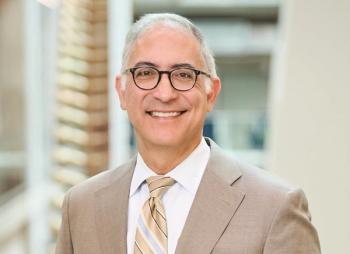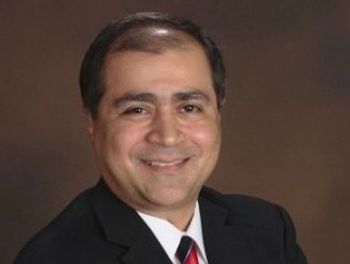
Nearly half of healthcare workers don’t trust their leaders
Many employees don’t feel supported. Adrienne Boissy of Qualtrics discusses ways organizations can connect with their workers and retain valuable people.
With many clinicians and healthcare workers leaving the industry, leaders need to pay attention, Adrienne Boissy says.
Boissy says pay is certainly a lever for employers, but leaders also need to think about their overall culture.
In a recent interview with Chief Healthcare Executive®, Boissy says that leaders must recognize healthcare workers are “mission-driven.” And they need the organization’s culture to match their own values, and the lofty values most health systems espouse in their marketing.
“If you have brand promises that hang on your wall and say, empathy, compassionate, safety, integrity, quality, teamwork, and yet somebody's experience every day is, that's not what they see, that cognitive dissonance is what creates moral distress,” Boissy says.
“People often talk about that as moral distress,” she continues. “I am working in an environment that creates friction for me every day. And that is not sustainable.”
Conversely, organizations that practice the values they preach and are aligned with their workers help employees “feel anchored in purpose,” Boissy says. And that helps workers be more resilient to burnout. (See part of our conversation with Adrienne Boissy in this video.)
How much listening?
To try to connect more with workers, the CEOs of some organizations are making themselves more accessible, either through town halls or giving more channels for employees to ask questions, Boissy says.
While some leaders say they want to hear from workers, Boissy says leaders should ask themselves, “How much listening are we really interested in doing?”
“That's a question every organization should be asking itself right now,” she says.
Leaders should decide if they want one survey a year that asks dozens of questions, quarterly surveys to gauge the pulse of their organization, or continuous listening from every channel possible.
But if leaders are asking workers to say what could be improved, they have to act in some way when people speak up.
“You can't just listen with no action,” she says. “That is a doomed listening strategy.”
While it’s good to ask questions and give workers the freedom to express concerns or complaints, Boissy says leaders must also show they are at least making progress in addressing problems.
Leaders should be sharing with their organizations how they are trying to address those concerns, perhaps by saying, “As a result of your feedback, we are changing ‘X’, ‘Y’, and ‘Z’. What I haven’t been able to crack yet is ‘W’ and ‘R’.”
Responding quickly
Some concerns from employees may not be able to be fixed overnight. But organizations shouldn’t spend too much time making changes based on employees’ feedback.
As Boissy says, some organizations are spending so much time on developing their action plans, it’s time to take the next employee survey.
“I think that signals to me that we need to be tighter and more responsive to feedback that we have, and leverage and co-design the solutions with the people who it's going to impact,” she says.
Organizations can also reach out and get feedback from workers about possible solutions, which can speed up the learning cycle, rather than developing a 20-page document. “I’d like us to be more nimble,” she says.
Building teams
In a
Boissy says many healthcare workers that stay do so because of their teams, and she worries that sentiment diminishes as many have left the workforce.
“Every time I've gone to round on a unit or floor, and you talk to people about what keeps them there, the number one answer when you do that is, my team, my team, my team,” Boissy says.
“I think part of what I worry about with that is the erosion of the concept of a team on the units that glues people together,” she says.
Boissy says organizations need to think about building teams as part of a strategy for keeping good workers. Workers need to feel valued for their contributions, and that they can function effectively and safely.
Some health systems are reaching out to seasoned clinicians and nurses who have left and are enticing them back in some capacity, so they can provide valued experience and guidance to younger workers, Boissy says.
Some health organizations are finding success in building peer support programs. They allow workers to talk about their struggles and problems.
*I think peer support has actually emerged as one of the most interesting interventions that I've seen in hospital systems,” Boissy says. “It's been proven to be highly effective. But I say that more from an emotional standpoint, as much as from a mentoring standpoint.”








































